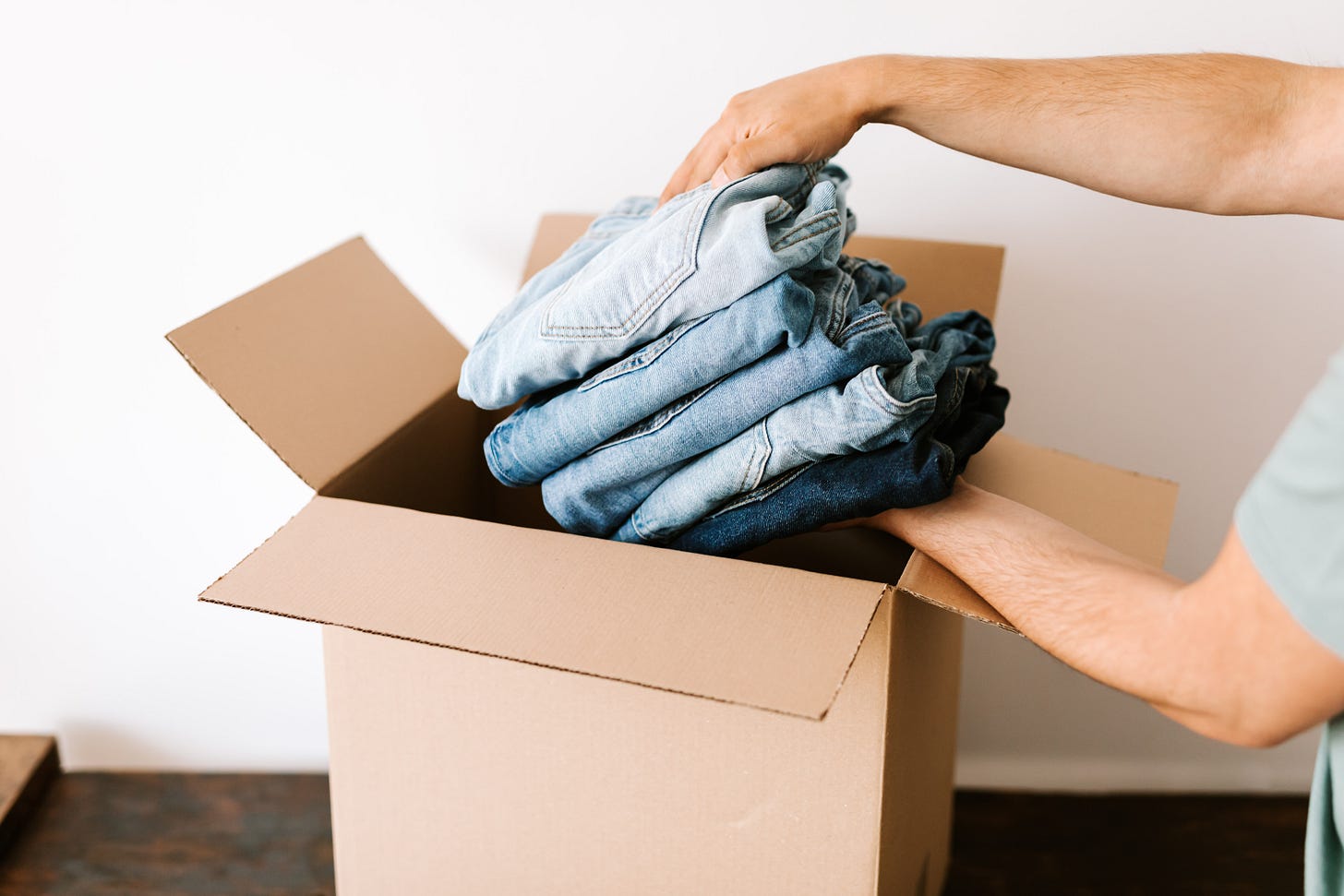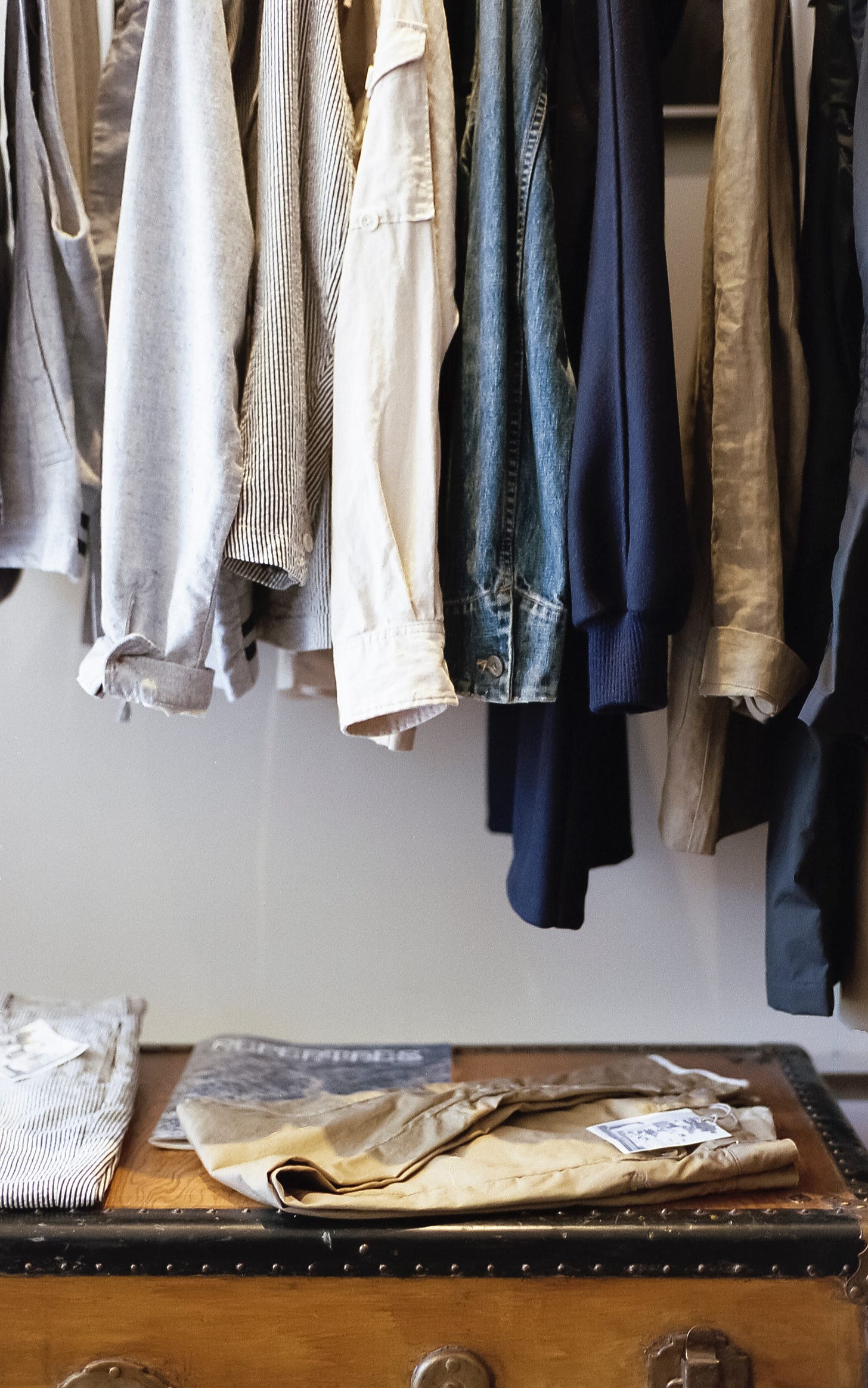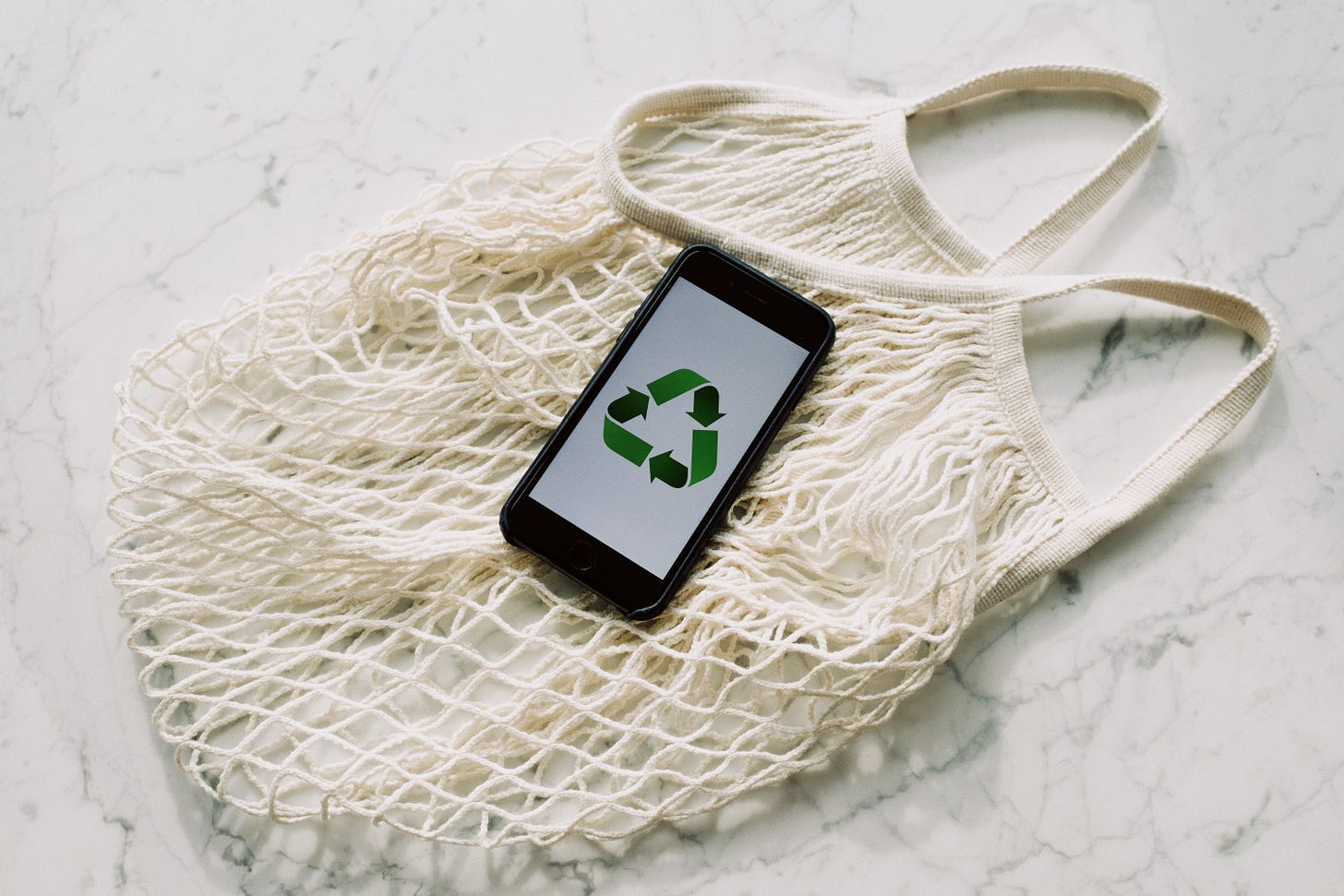Circularity
Re-sell platforms and re-commerce, what are the options and how do they work?
Today, Re-Commerce has become more and more popular within the fashion scene. What does it actually mean? How does it work? And how good is it?
Re-Commerce can be defined as the business of buying and selling used or unsold products through digital platforms. This kind of commerce is growing rapidly, but the concept is not new. It is built upon the traditional brick-and-mortar stores and implements this idea to the online world making it more accessible for consumers. This concept contributes to the extension of product life through reuse and has been widely used in the online world for a long time already. With Re-Commerce, new models such as consumer-to-business and consumer-to-consumer have become increasingly popular today, with several new businesses emerging.
Picture from Pexels. Photographer Karolina Grabowska.
Re-Commerce within the fashion sector
The selling of vintage and second hand clothing has become a major fashion trend. Last year, consumers bought 1.4 billion second hand pieces instead of buying new, which makes it a 40% increase of second hand consumption only in the US market. Resale markets are today estimated to be worth 100-120 billion dollars, which equals three times more than 2019 and is further expected to nearly double its worth by 2027.
In the last quarter of 2022 several fast fashion and luxury fashion companies established some kind of resale platforms. Balenciaga is one of the first major luxury brands to fully integrate a secondhand service in their business model. They offer a service through a tech platform called Reflaunt, where customers can sell their Balenciaga items directly through the brand and earn cash or credits to buy new items. Both Gucci and Chloé have also entered the resale market through the resale platform Vestiaire Collective.
It is not only fashion brands that are embracing the act of reselling. Luxury department store Selfridges has developed an initiative called “Project Earth” and is built on three pillars: a transition towards sustainable materials, investments in new shopping models, and also challenge the mindsets of its customers, teams and partners.
Picture from Unsplash. Photographer: Crew.
Options for Resale Services
Spherio, a service by Stockholm based company Refine Group, enables reselling options for brands. Yaytrade, Spherio Solutions and Re/Way are three options by Spherio for brands, ambassadors and consumers to effectively manage their sales of overstock, samples, returns, and unwanted items. The first option does not require brands to have their own branded resale site, while the second option is connected to the brand’s website. The third option is an online consignment platform, where consumers can resell their items from luxury fashion brands.
Archive is an American company brands and consumers can use for resale. The company offers different resale options such as peer-to-peer, vintage and brand supply, take-back programs, as well as repair, recycle and donations. Through Archive, brands can have control of their secondhand markets through customised resale programs, implement circular operations into their business models, and help achieve growth while not producing new items.
ThredUP is one of the world’s largest resell platforms and is based in the United States, offering resale service to both companies and consumers. For companies, thredUP works similarly as Spherio Solutions. Consumers can also participate in the reselling through sending unwanted items to thredUP, which in turn authenticate the items, price them, put them up for sale, and ship when sold. When customers sell their items, they earn credit to use on the platform.
Picture from Pexels.
What is next?
The trend is growing and is not stopping anytime soon. Re-commerce should be seen as a tool for reselling unwanted or unsold articles while simultaneously finding new ways to create sustainable business models that will reduce the impact in all steps throughout the supply chain. While circular business models are crucial in terms of sustainability in the fashion industry, it is not the only solution to count on. Along with re-commerce, we need new innovative ways to handle textile waste, with textile recycling being one alternative. More importantly, we need to find ways to tackle the overproduction existing today and design garments that are long lasting and produced in an ethical and sustainable manner. In the EU, this will ultimately be regulated through the new textile strategy.
Upcoming Newsletters:
EU Legislations: What does it mean for the textile and apparel industry?
Regenerative agriculture: What is regenerative farming and why is it important for fashion?
Lower CO2-emissions for wool: Can calculating carbon sequestration give wool a better environmental footprint?
What we’re reading this month:
The impact of leather production: Textile Exchange and Leather Working Group aim to rid leather supply chains of deforestation and improve transparency.
H&M’s clothing collection program: Discarded textiles of consumers end up in landfills in the Global South instead of being recycled into new textiles.
Is recycled polyester better than virgin polyester?: A study by the Microfibre Consortium investigates the fibre fragmentation and microfibre shedding of recycled polyester compared to virgin polyester.
Global Fashion Summit: A summary of the fashion summit in Copenhagen.
Is fungi the answer to global warming? Research shows that fungi can store carbon emissions and help prevent global warming.





